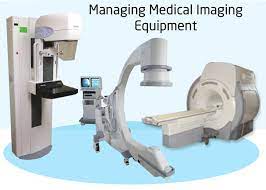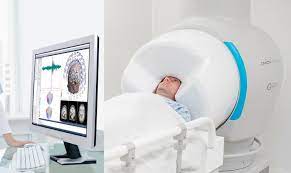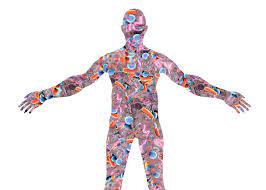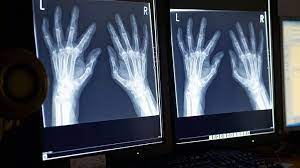Streamlining Laboratory Workflows: The Advantages of Automated Liquid Handling Systems
In modern scientific research and pharmaceutical laboratories, efficiency and accuracy are paramount to achieve successful outcomes. One groundbreaking technology that has significantly revolutionized laboratory workflows is Automated Liquid Handling Systems (ALHS). These sophisticated robotic platforms have become indispensable tools for scientists and researchers across various fields due to their numerous advantages. Automated Liquid Handling Systems are designed to precisely and rapidly dispense, transfer, and handle liquid samples with minimal human intervention. This automation streamlines laboratory workflows by reducing human errors, increasing throughput, and saving valuable time and resources. By replacing traditional manual pipetting, these systems enhance reproducibility and data reliability, ultimately leading to more robust experimental results. One of the primary advantages of ALHS is the high level of precision they offer. With exceptional accuracy in microlit...
















